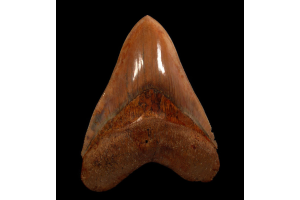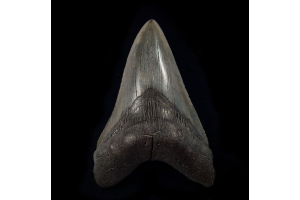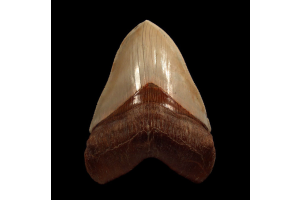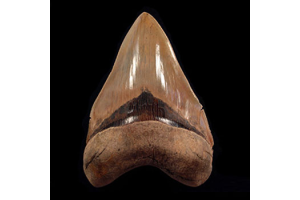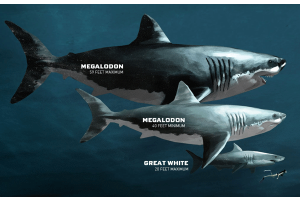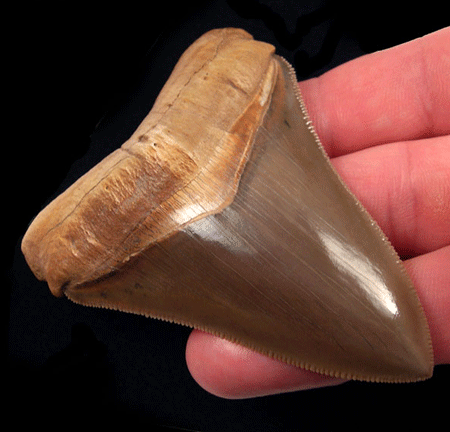
In the heart of Peru, a discovery reverberated through the scientific community, bringing to light a relic from a time when colossal creatures dominated the oceans. The Peru Megalodon tooth, a remnant of the prehistoric Megalodon shark, stands as a testament to the rich paleontological history hidden within the Peruvian landscape. This find not only piques the interest of shark enthusiasts and historians alike but also offers a unique window into the life and times of one of the most formidable predators ever to exist.
Unraveling the Megalodon Mystery
The Megalodon, whose very name means "big tooth," roamed the ancient seas approximately 23 to 3.6 million years ago. Its teeth, often exceeding 7 inches in length, are among the most telling evidence of its existence and size. The discovery of the Peru Megalodon tooth brings forth an opportunity to delve deeper into the creature's characteristics, behavior, and environment.
The Geological Context
Peru's diverse geology, ranging from coastal plains to high Andes mountains, provides a unique setting for such discoveries. The location where the Peru Megalodon tooth was found is crucial in understanding the prehistoric marine environments and the geographical changes over millions of years. This context allows researchers to reconstruct the ancient marine ecosystems and understand how creatures like the Megalodon fit into the prehistoric food chain.
Implications for Marine Paleontology
The discovery of the Peru Megalodon tooth is more than just an addition to the collection of fossils. It serves as a crucial piece in the puzzle of marine paleontology. This fossil provides insights into the evolutionary history of sharks, especially concerning size and adaptation strategies. It challenges researchers to rethink the ecological dynamics of ancient oceans and how such a massive predator coexisted with other marine life forms.
The Significance in Cultural and Scientific Narratives
In Peru, where history and culture are deeply intertwined with the natural environment, the Peru Megalodon tooth discovery holds special significance. It is not just a scientific artifact but also a cultural symbol that connects the present with a mysterious and fascinating past. This tooth serves as a reminder of the country's rich heritage and contributes to the broader narrative of human understanding of our planet's history.
The Role of Fossil Preservation and Study
The preservation and study of the Peru Megalodon tooth are paramount. It involves meticulous efforts to ensure that such fossils are not only extracted and preserved with the utmost care but also studied using the latest scientific techniques. This process includes detailed analysis of the tooth's structure, composition, and any microscopic details that could provide further insights into the Megalodon's life.
The Educational and Inspirational Value
For educational institutions and museums, the Peru Megalodon tooth offers an invaluable resource. It can be used to educate the public about prehistoric life, the importance of conservation, and the excitement of scientific discovery. Moreover, it serves as an inspiration, especially for young minds, igniting a passion for science, history, and exploration.
Conclusion
The discovery of the Peru Megalodon tooth is a remarkable event that sheds light on a time long gone. It serves as a bridge connecting the past to the present, offering invaluable insights into the natural history of our planet. This tooth is not just a fossil; it's a symbol of the enduring quest for knowledge and the never-ending wonder of our world's mysteries. As we continue to uncover and study such relics, we get closer to piecing together the grand tapestry of life on Earth, understanding where we come from, and perhaps, where we are heading.






